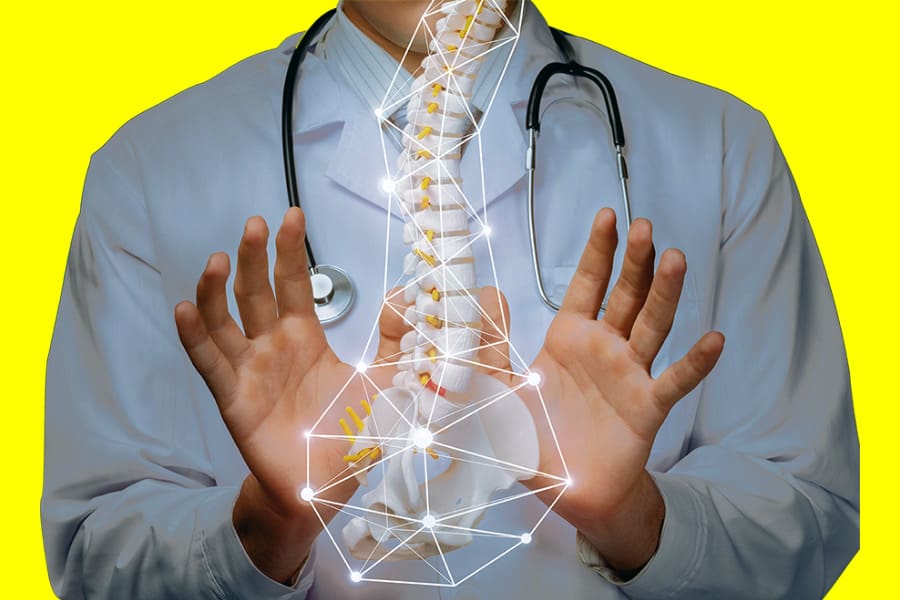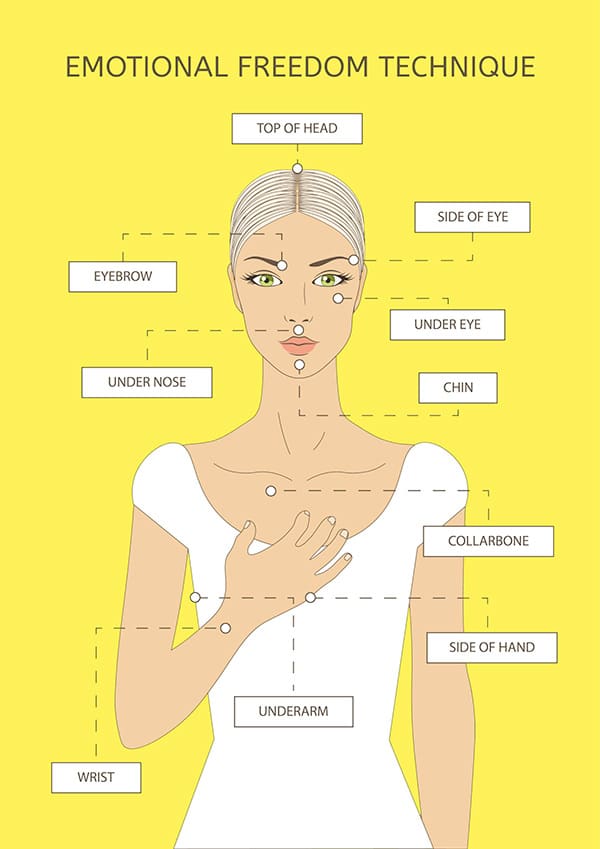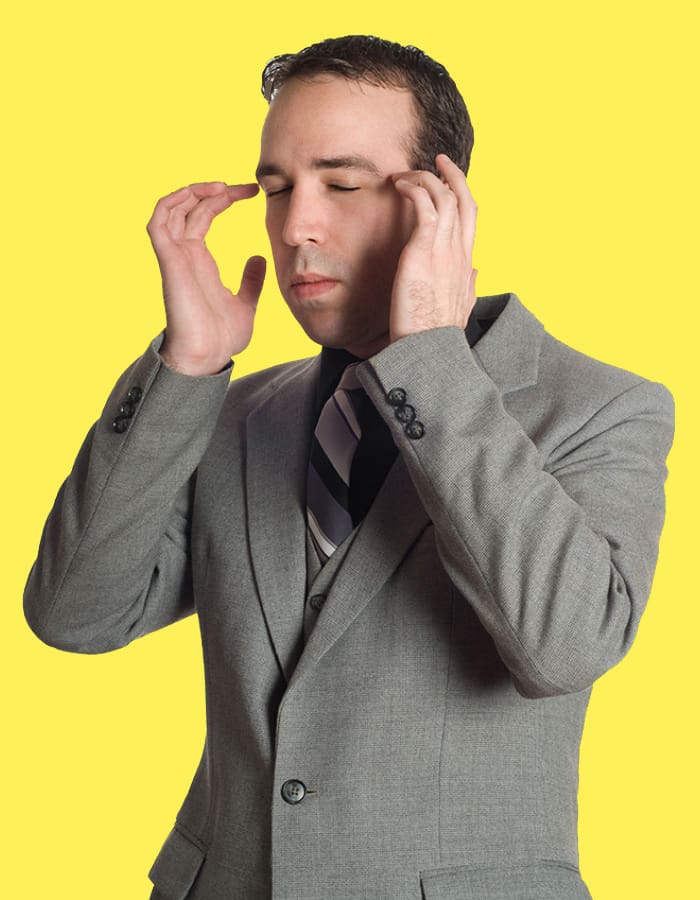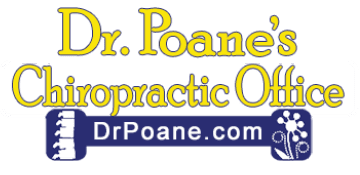Techniques

Diversified Method of Manipulation
This is a a hands-on technique. It is he most common type of chiropractic adjustment manipulation used throughout the world. It allows a chiropractor to perform safe and highly-effective treatments. This technique uses swift pressure, in specific locations, to move joints into proper alignment. Our diversified technique adjustments quickly, easily, and safely address pain, discomfort, and
Chiropractors restore flexibility to joints in the spine and in other locations in the body, to relieve neck pain back pain, arm and leg pain, and headaches, and to support recovery even from some metabolic diseases.

Sacro Occipital Techniques
This is a chiropractic technique developed to restore a functional relationship between the head, the pelvis, and the spine – a structure that envelopes and protects our central nervous system. SOT is also known as a more “light,” or gentle, method of chiropractic adjusting,
SOT uses a variety of gentle and comfortable techniques to help restore normal function. One Example is wedge shaped blocks are placed beneath the pelvis, using the weight of the body and breathing, to improve the balance and position of the pelvic bones. SOT also uses a variety of different techniques to help restore the subtle but important movement and alignment of the cranial bones.

NMR (Myofascial / Medical Massage)
Your myofascial tissue is a network of tissue that spreads throughout your entire body. It connects your muscles, joints, and bones. It also provides support to your organs, helping to keep them in place.
During a myofascial release massage, your chiropractor spends time feeling your myofascial tissue for areas that are particularly stiff and tight. These are the places that cause you to feel pain, even if it’s radiating to other areas. NMR aids the tissue and supportive sheath in releasing pressure and tightness. The process is repeated multiple times on the same trigger point and on other trigger points until the chiropractor feels the tension is fully released.
Activator Method of Manipulation
The Activator Method Chiropractic Technique is a chiropractic treatment method and device created by Arlan Fuhr as an alternative to manual manipulation of the spine or extremity joints. The device is categorized as a mechanical force manual assisted (MFMA) instrument which is generally regarded as a softer chiropractic treatment technique.
Special Table for Pregnant Patients
Regular visits to a chiropractor during pregnancy can address issues: a proturding abdomen which results in an increased curve of your back; pelvis changes as your body prepares for labor; and changing posture.
One medical study revealed that 75 percent of pregnant chiropractic care patients reported pain relief. Plus, adjustments designed to re-establish balance and alignment to your pelvis and spine will do more than just make you feel better. Chiropractic care can be beneficial for your baby, too.
Neurologic Stress Reduction Therapy (NSRT)
With NSRT, many patients report a reduction of allergy, sensitivity and other illness symptoms. NSRT(SM) measures and assesses substance specific stress on the Autonomic Nervous System while reducing or eliminating it. This is achieved using our proprietary LASER(SM) Therapy or Light and Sound Energy Relaxation Therapy.
NSRT is a revolutionary technique rooted in Eastern medicine dating back more than 5,000 years. It ncompasses a holistic approach to healing addresing underlying causes of disease, and teaches that symptoms are a response to an imbalance in the body. Treatment works with the body to stimulate balanced healing while taking into account the unique characteristics of both the individual and the ailment. NSRT is about providing care for the individual who has a symptom or condition rather than treating the condition or symptom impacting the individual.

Emotional Freedom Technique (EFT)
EFT is an innovative approach incorporated into a chiropractic practice and is taught as a self-help technique to effectively address the role of stress and associated negative emotions with physical and pain conditions. It is estimated that millions of people have tried EFT (tapping technique) and it is growing swiftly in public acceptance.. By incorporating techniques like EFT, we can offer patients a way to develop a greater sense of control over their stress-influenced pain and symptoms, which can help reduce a patient’s sense of frustration that can occur when their condition does not improve as quickly as they had hoped.
EFT involves tapping specific points on the body, primarily on the head and the face, in a particular sequence. While doing this, the person focuses on the issue that they wish to treat.
According to EFT International, the technique can be helpful for people with:
- anxiety
- depression
- chronic pain
- stress
- weight loss issues
- other problems
EFT blocks or imbalances in the flow of energy lead to ill health. According to EFT advocates, tapping on these meridian points with the fingertips restores the balance of energy to resolve physical and emotional issues.
T.T.A.P.S.™
What is T.T.P.S.
Developed by Dr. Alan Bonebrake, D.C. from his 38 years of experience, and multiple degrees and certifications, TTAPS requires no drugs, surgery, decompression, massage, acupuncture, machines, popping of joints, and elicits little or no pain:
Tapping (a light skin manipulation)
to
Tangoreceptors (sense organs that respond only to physical contact, such as touch)
to induce
Anodynia (freedom from pain)
by correcting
Proprioceptive information (sensory nerves giving the brain information concerning body movements and position)
for
Sanative (healing)
Effect
The basic premise: TTAPS utilizes Hilton’s Law of Physiology* correcting faulty nerve signals going to your brain from your skin, resulting in Immediately measurable effects, usually including dramatically:
- Increased
- Range of Motion and Strength
- Blood and Lymphatic flow
- Balance
- Overall sense of well-being
- Decreased
- Pain
- Muscle Tension
- Hypersensitivity
- Burning sensation
- Numbness and Tingling
- Coldness of Hands, Feet, Nose, Ears
*Hilton’s Law of Physiology: The nerve that innervates a joint also innervates the muscles that move the joint and the skin that covers the attachments of those muscles.

